KeyWords
So that’s it! All the basic building blocks you need to start playing Magic: The Gathering, but a game as rich and detailed as this can’t be summed up so easily. Here are some other pointers that will either enhance your understanding of the nuances of the game or give you alternate ways to play to help you go further down this wonderful rabbit hole.
One thing that will jump out at you as you start acquiring cards for your collection is that many of them contain keywords in their text fields. We talked about this briefly when we analyzed Ancient Hellkite before, which has Hying. Hying is one of many keywords in Magic’s history, some of which have been abandoned and others which you will see over and over.
An aspect of Magic that keeps it fresh is the new sets released each year. Every set offers new keywords, abilities, and mechanics so that even seasoned players are given a chance to experience something new. Many keywords though are “evergreen”, meaning they will appear in virtually every set to some degree. They are:
Deathtouch — Whenever a creature with Deathtouch deals combat damage to another creature, that creature is destroyed at the end of damage assignment. (Example: A i/i creature with Deathtouch blocks a 3/3 creature. Even though the 1 damage point wouldn’t normally kill the 3/3 creature, it is still placed in the graveyard because of Deathtouch.)
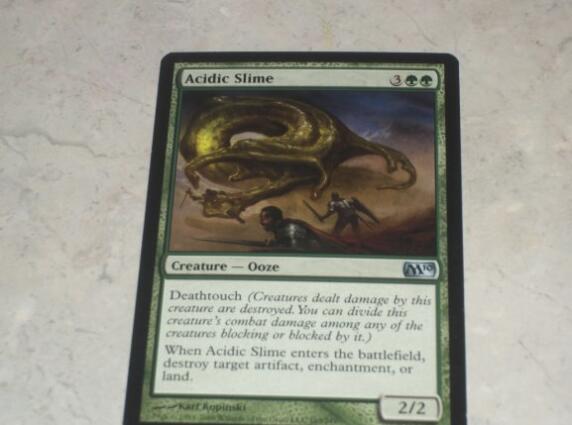
Defender — Commonly known as walls, creature with Defender cannot attack. They usually have low power, but high toughness, such as 0/4.
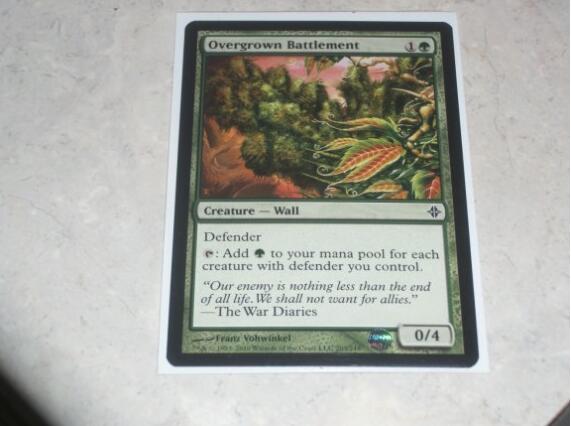
Enchant — As mentioned in the permanents section, spells that attach to a creature are said to “Enchant” said creature.
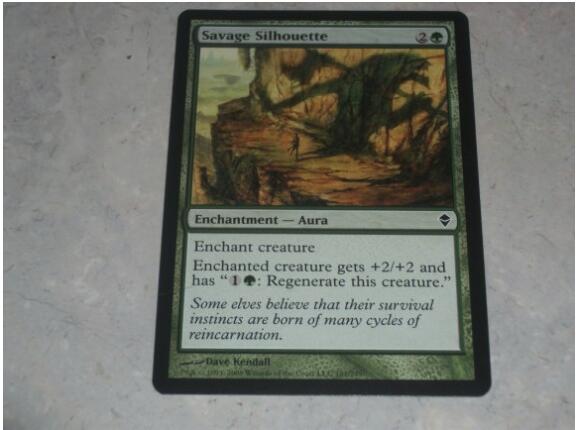
Equip — Similar to Enchant, but for equipment (swords, armor, etc.) instead of spells.
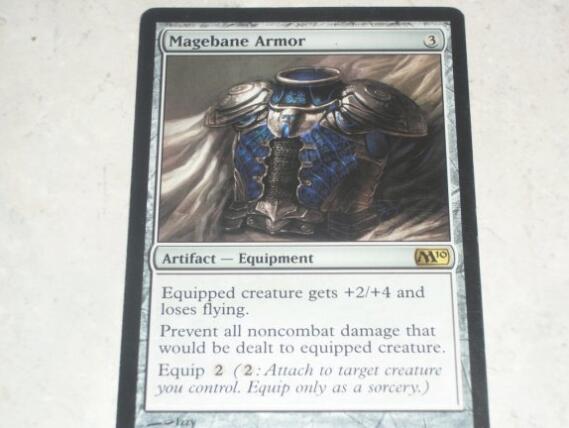
First strike — Creatures with First Strike deal damage before creatures without it. (Example: A 1/1 creature with first strike would destroy a 2/1 creature without first strike before the second creature would assign any damage and the 1/1 would survive.)
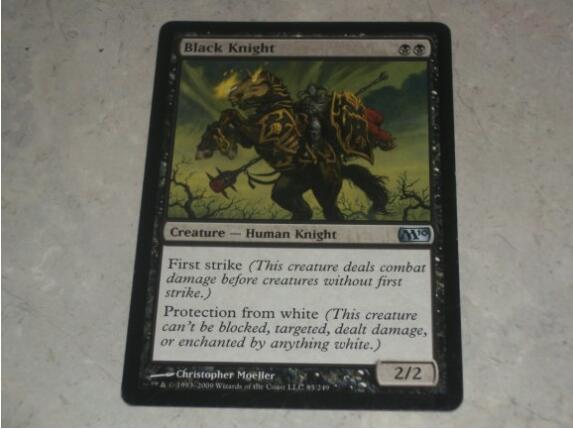
Flash – Permanents with Flash may be played anytime that player could play an Instant. Flying – Creatures with Flying may only be blocked by other creatures with Flying or Reach.
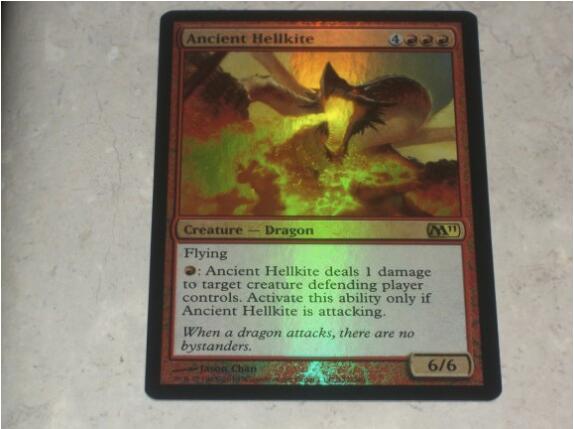
Haste — Creatures with Haste may attack and use abilities the same turn they are summoned. They are unaffected by summoning sickness.
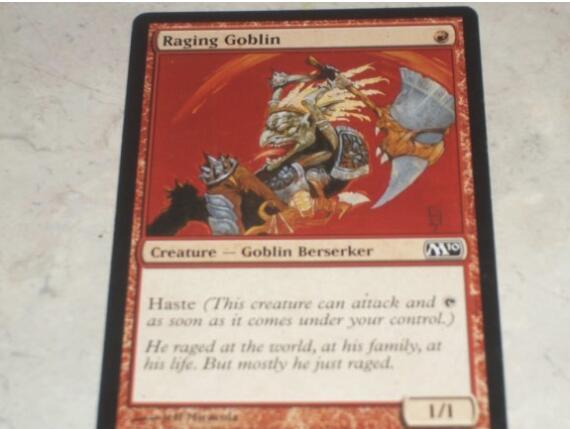
Intimidate — Creatures with Intimidate may only be blocked by artifact creatures or creatures they share a color with. (Example: A creature that has a red and a white mana symbol in its casting cost is considered to be both a red and a white creature. With intimidate, that creature could be blocked by artifacts, red creatures and white creatures only. Green, black, and blue creatures could not block it.)

Landwalk — Written with a land type, (Swampwalk, Islandwalk, etc.) creatures with Landwalk may not be blocked if the opposing player controls the type of land that creature walks on. (Example: A creature with Islandwalk cannot be blocked by any opponent who controls at least one Island.)
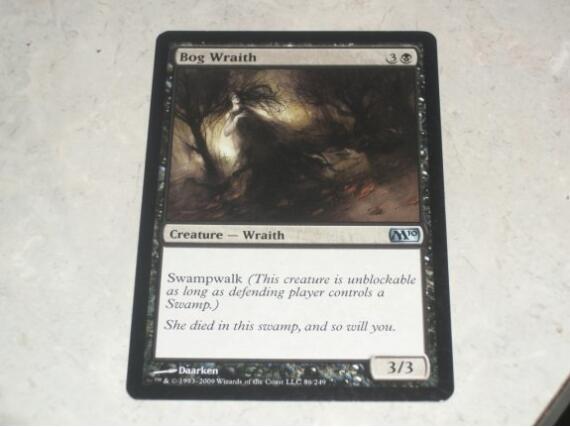
Lifelink — A creature with Lifelink will gain life for its controller equal to the amount of damage it deals in combat (a 2/1 lifelink creature will gain its controller 2 life every time it deals damage to a creature, player, or Planeswalker).
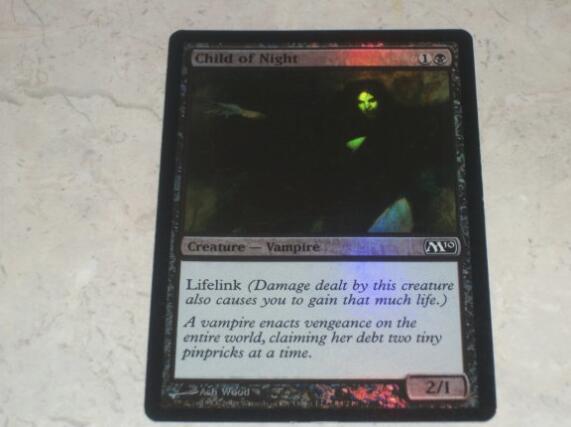
Protection — Written “protection from X”, permanents with Protection from X cannot be damaged, enchanted, Mocked, or targeted by whatever it is protected from. (Example: An artifact with Protection from Black cannot be damaged, enchanted, blocked, or targeted by any black spell or permanent.)
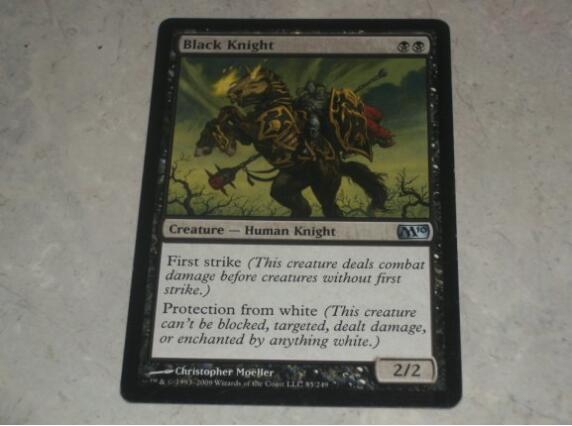
Reach — Creatures with Reach may Mock creatures with flying as if they had Flying.
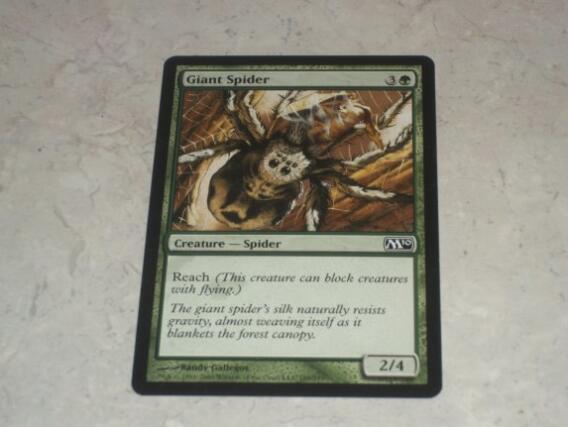
Shroud — Permanents with shroud may not be targeted by any spells or abilities.
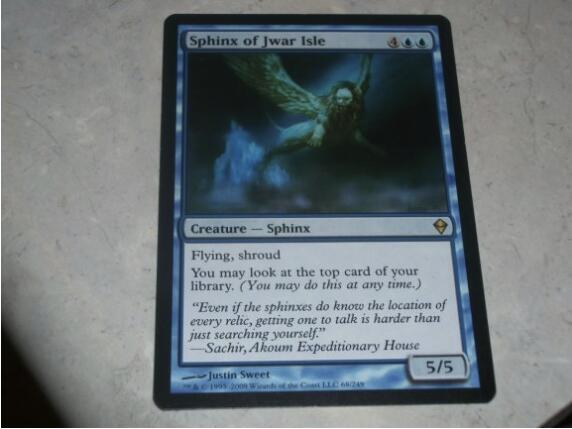
Trample — Creatures with trample assign any damage above what is lethal to a blocker to the blocking creatures’ controller. (Example: A 3/2 creature with trample is blocked by a 1/1. One damage is assigned to the blocking creature and the remaining two points would go to that creature’s controller.)
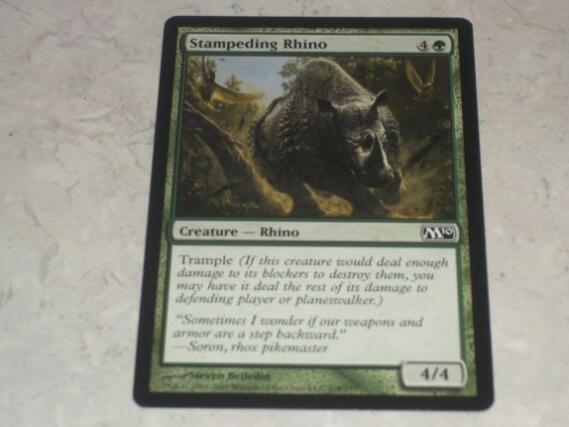
Vigilance — Creatures with vigilance do not tap when they attack
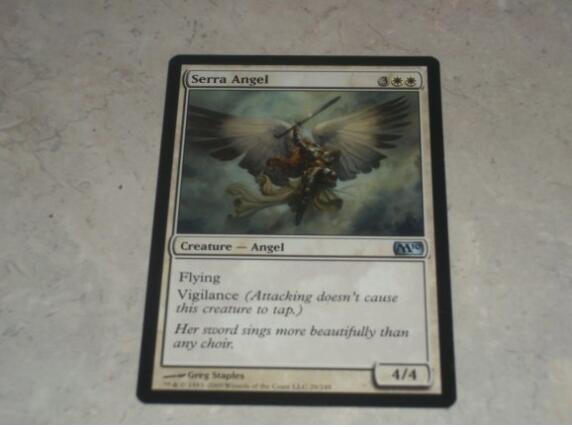
Most keywords will come with a small pieces of reminder text, so be sure to read each card carefully to make sure you know what it can do.